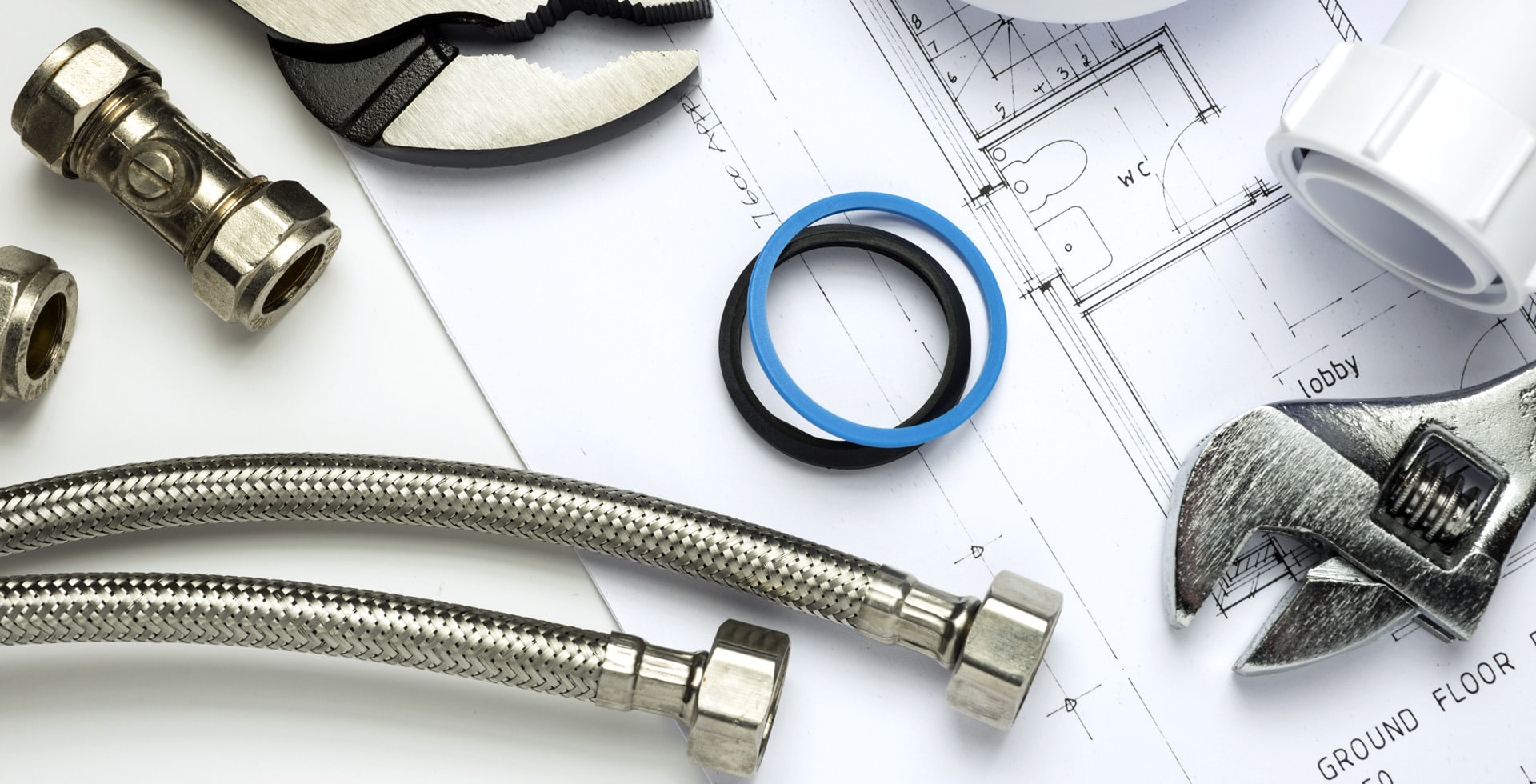What to Expect When Installing Engineered Wood Floors
Installing engineered wood floors in your home is an exciting renovation that can enhance both the aesthetic appeal and value of your property. This type of flooring offers a beautiful appearance along with the durability required for various environments. In this blog post, we will cover what you can expect during the installation process, from the preparation phase to post-installation care.
Understanding Engineered Wood Flooring
Engineered wood flooring consists of a top layer of real wood veneer, bonded to multiple layers of plywood or high-density fiberboard (HDF). This construction method provides several advantages:
- Stability: Engineered wood is less susceptible to changes in temperature and humidity compared to solid hardwood.
- Cost-Effective: Typically more affordable than solid hardwood while still offering a similar look.
- Easy Installation: Many engineered wood floors feature a click-lock system, allowing for straightforward DIY installation.
Preparation Before Installation
Proper preparation is essential for a successful installation. Here’s what you can expect:
- Choose the Right Product: Select engineered wood that fits your style, budget, and home conditions.
- Measure Your Space: Accurately measure the area to determine how much flooring material you need.
- Acclimate the Flooring: Allow the flooring to acclimate in the room where it will be installed for at least 48 hours.
- Prepare the Subfloor: Ensure the subfloor is clean, dry, and level to prevent any issues during installation.
Installation Process
The installation process can vary depending on the flooring type and the chosen method. Here’s a breakdown of what to expect during installation:
- Tools Required: Gather essential tools, including a saw, measuring tape, spacers, and a tapping block.
- Remove Existing Flooring: If replacing old flooring, begin by removing it completely, including any underlayment.
- Install Underlayment: If your engineered wood requires it, lay down an underlayment to provide cushioning and moisture protection.
- Lay the First Row: Start laying the first row along the longest wall, leaving a gap for expansion.
- Click or Glue Down: Follow the manufacturer’s instructions for either a click-lock system or glue-down method.
- Continue Installation: Work your way across the room, ensuring that seams are staggered for a natural appearance.
- Trim and Finish: Once all planks are laid, install trim pieces and baseboards to complete the look.
Common Installation Challenges
While installing engineered wood floors can be straightforward, some challenges may arise. Here are a few common issues to consider:
- Uneven Subfloor: An uneven subfloor can lead to a bumpy surface and potential damage; this must be addressed prior to installation.
- Humidity Levels: High humidity or moisture in the home may cause the wood to expand or warp, so mindful monitoring is crucial.
- Inadequate Acclimation: If the wood isn’t allowed to acclimate properly, it can lead to gaps or buckling post-installation.
Post-Installation Care
After your engineered wood floors are installed, proper care and maintenance will help ensure their longevity and beauty. Key practices include:
- Regular Cleaning: Use a soft broom or vacuum cleaner without a beater bar to clean daily. For deeper cleaning, use a wood floor cleaner suitable for engineered wood.
- Humidity Control: Maintain indoor humidity levels between 30% and 50% to prevent expansion or contraction problems.
- Rug Placement: Consider placing rugs in high-traffic areas to protect the finish and reduce wear.
- Avoid Excess Water: Clean spills immediately to prevent moisture damage, and avoid wet mopping.
Conclusion
Installing engineered wood flooring can transform your living space while offering a practical and durable option for flooring. By preparing adequately, understanding the installation process, and knowing how to care for your floors, you will achieve lasting beauty and performance. With these guidelines, you can confidently take on your flooring project, knowing what to expect at each step along the way.

